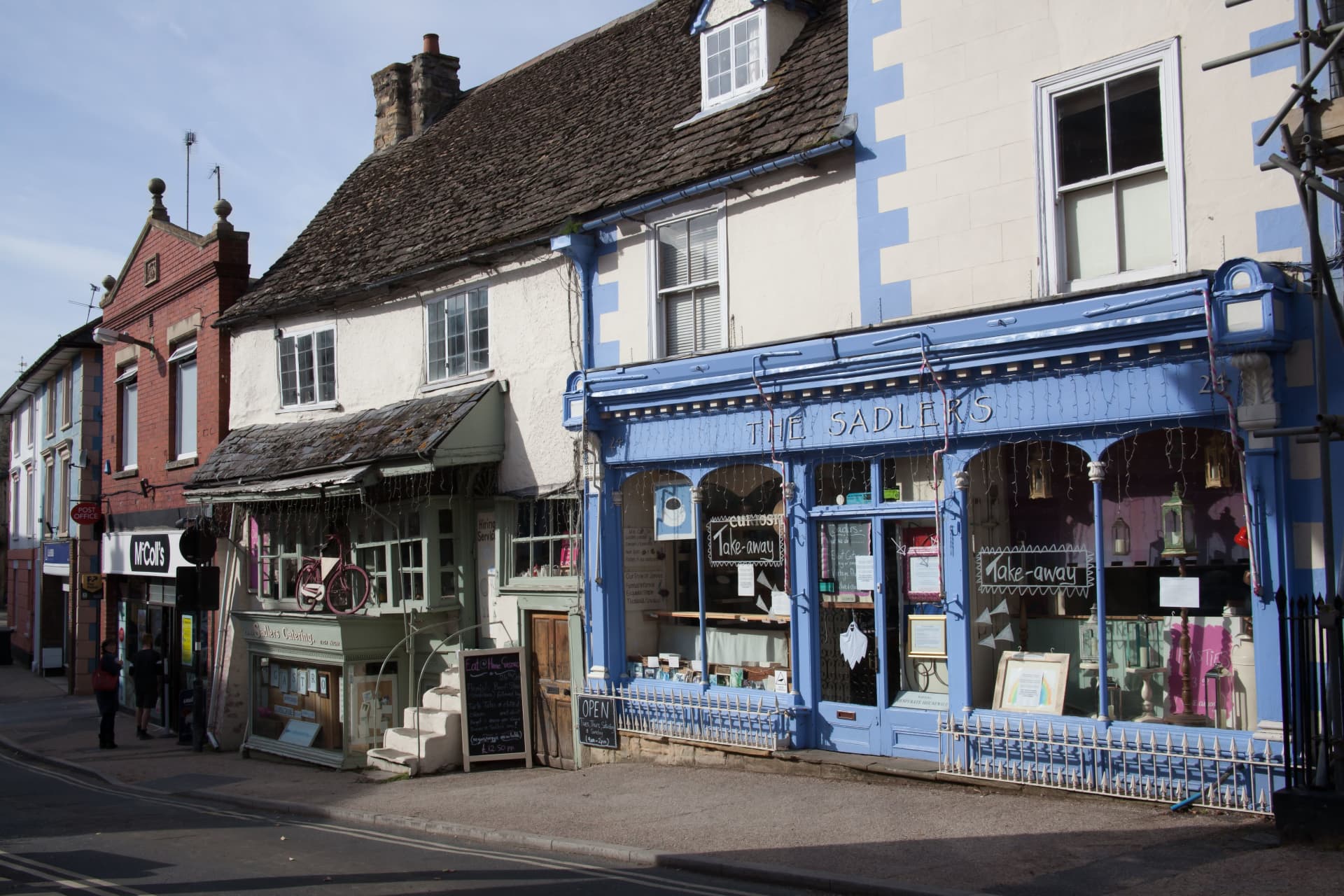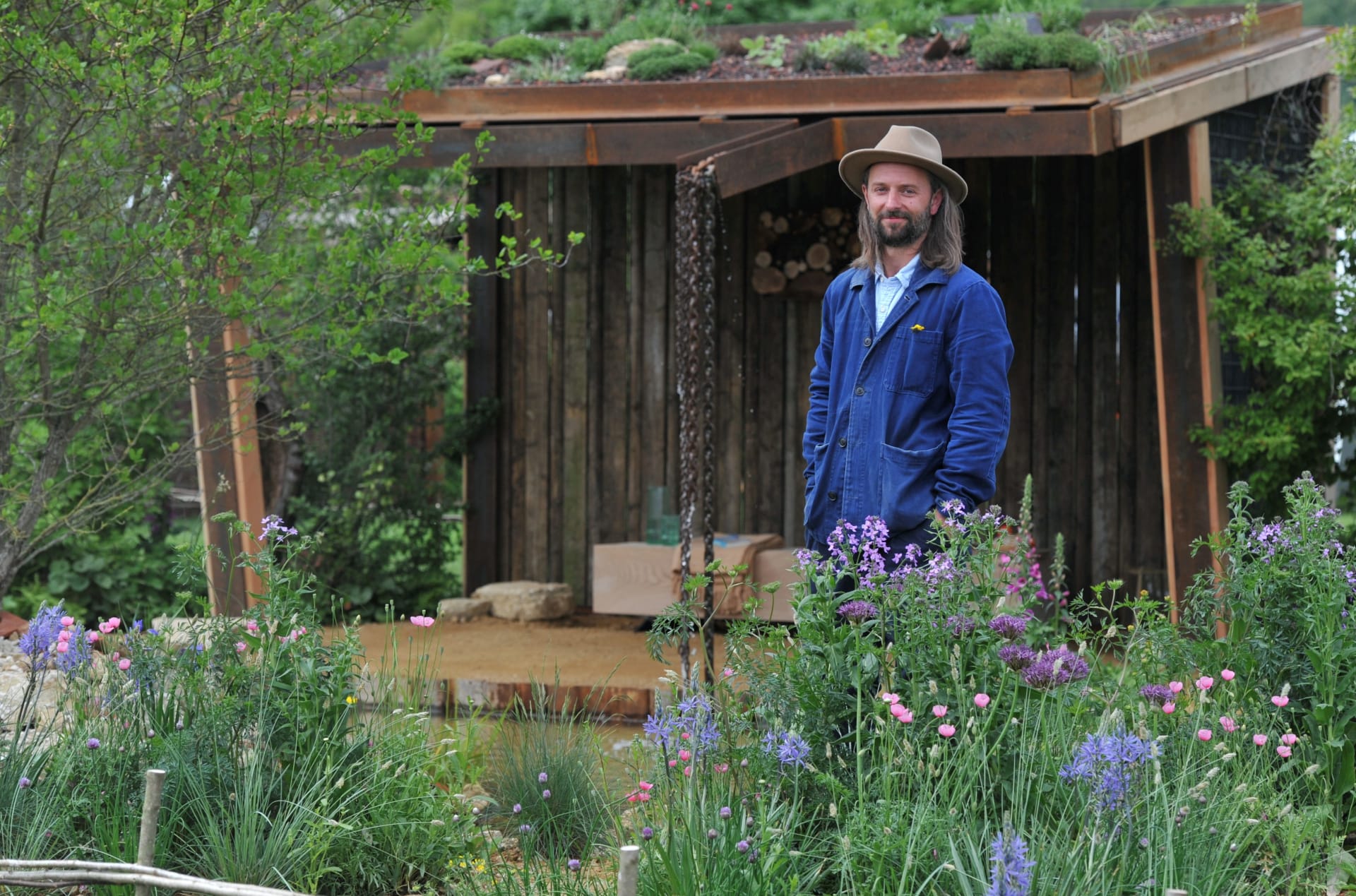Faringdon in Southwest Oxfordshire is surely the most eccentric of English towns and spotting the quirky and entirely unnecessary notices scattered upon the buildings in its centre is a pleasure for locals and visitors alike. Many of the unexpectedly foolish plaques were originally put up at the behest of Lord Berners in 1935, others have been added since. All speak to the town’s rich heritage.
To take a trail, start perhaps at the Diver’s Bench installed in the Market Place seven years ago which is itself inscribed with “Mistrust/a man who never has an occasional flash/of silliness” and ponder the word-placement. The design, in which ‘a man who never has an occasional flash’ is on its front beneath the diver would surely have amused Lord Berners to whom the quote is credited.
From the bench, look at the buildings around Market Square to This sign is not in use, by order of the magistrate MCMXXXVII (1937); Mangling done here high above Sadlers Catering; and Please return the ladder or further steps will be taken, opposite The Narrows cocktail and wine bar.
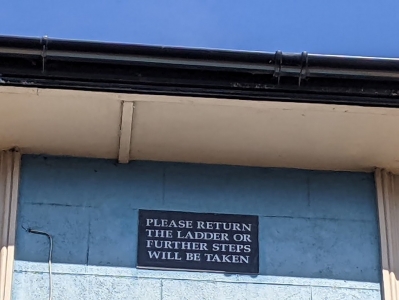
There’s also a black plaque outside The Crown, a Historic Coaching Inn, marking that the building has been both quarters for Royalist Cavalry during the first English Civil War (1644-1646), and a 19th Century Court House where the County Court held monthly sessions until it moved to the Court at the Old Police Station on Coach Lane.
Back in the 17th century, Faringdon was situated both on a main road from London to Gloucester and controlled access to the Thames crossing at Radcot from the south. As the first English Civil War raged, it was of some strategic importance. When King Charles I stayed there in November 1644 he decided the town was perfectly placed for a garrison. The battle for Faringdon took place in 1646, the final year of the war: the Royalists held Oliver Cromwell's Roundheads/Parliamentarians off at considerable cost to the town – many buildings were destroyed, and the church lost its steeple. It was never rebuilt; hence the rather ‘stumpy’ aesthetic.
Walk around to the East side of the church and you’ll be able to spot the unusual site of an iron cannonball lodged high in the wall. While you’re on the church grounds, say hello to the dragons in the curving ironwork on the 13th century South Door.
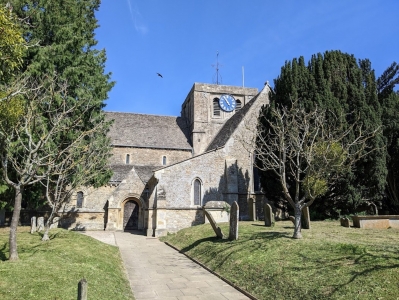
There’s a commemorative plaque outside The Volunteer (now closed) which is in memory of the republican Spanish writer Arturo Barea (1897-1957). He was exiled after the Spanish Civil War and worked for the BBC's World Service, moving to Middle Lodge in Buscot Park in 1947 when he became a regular at the pub. There is also a memorial to Barea and his wife in the churchyard annexe of All Saints Church.
Continue down Gloucester Street and look up to your left to see Dr Foster falling in a puddle right up to his middle on his way to Gloucester, whilst down the alley opposite, Peter Walker Dentists remind you Plaque – please brush regularly in a sign carved from Cotswold stone.
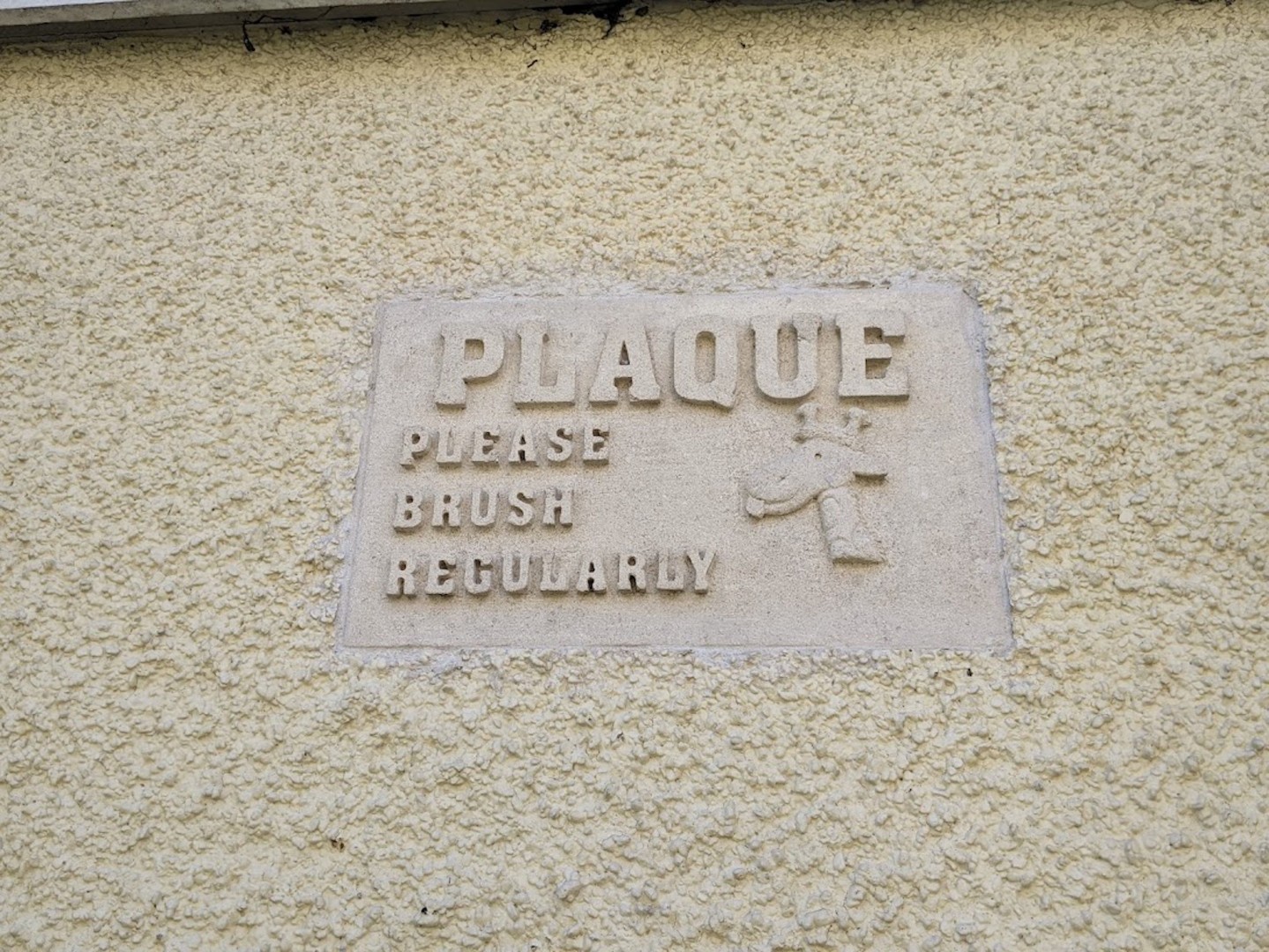
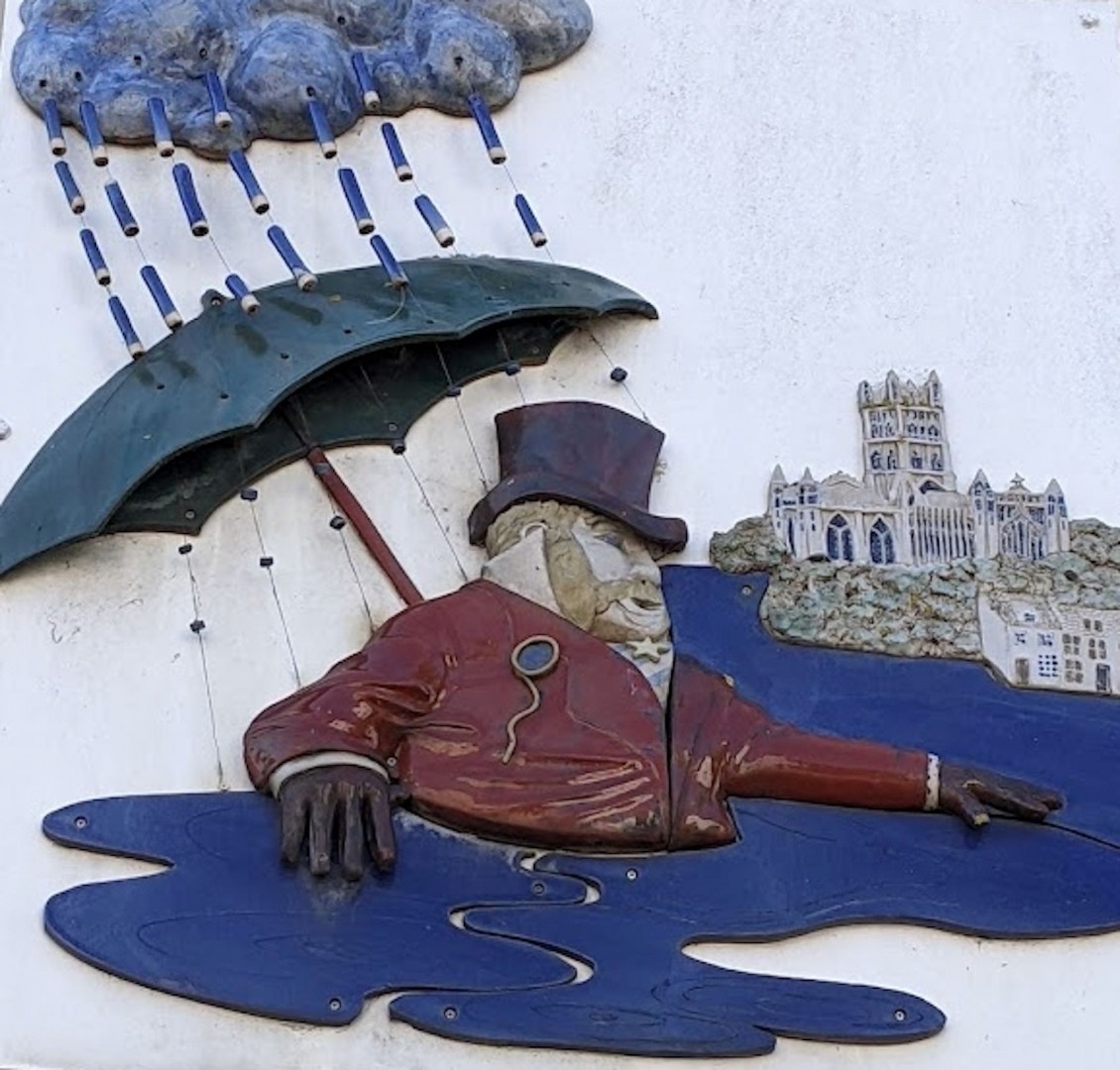
No walk around Faringdon would be complete without a stroll up to the Folly, and as you walk up London Street, keep your eyes peeled for Looking for a sign? This is not it on the left and This notice is not in Arabic in a swirling and distinctly Arabian-esque font above Floyd’s Grill.
The Folly has three plaques, one offering a potted history of the Folly; one to mark the importance of Lord Berners to Faringdon; and a third that Lord Berners himself had installed which reads Please don’t feed the giraffes. Lord Berners thought it more appropriate that his pet giraffe – yes, really – should eat tea with him in Faringdon house and didn’t want him snacking between meals. Although there’s no longer a giraffe to grace the drawing room of Faringdon House, the eagle-eyed can find a carved giraffe head (and many other animals) hidden in the copse that surrounds the tower. (There was also once, courtesy of Berners, another sign on the folly informing the reader that Members of the public wishing to commit suicide from this tower do so at their own risk but, considered in bad taste, this has been removed.)
Not only can plaques be found at ‘giraffe height’ but if you look down when in the town centre, you’ll also discover a second series at knee-height to catch the eye of a strolling pink pigeon, or a hunting hound. These were also installed by Lord Berners and each is a nonsensical anagram of Faringdon. Further legend has it, each was impregnated with the scent of a fox to confuse the dogs owned by his partner ‘Mad Boy’ Robert Heber-Percy, a fox-hunting fanatic. On the ground outside The Bell, where surely poor Heber-Percy stood in despair as his dogs milled around him in great confusion you’ll find an Entrance to Top Secret Bunker amongst the cobbles.

